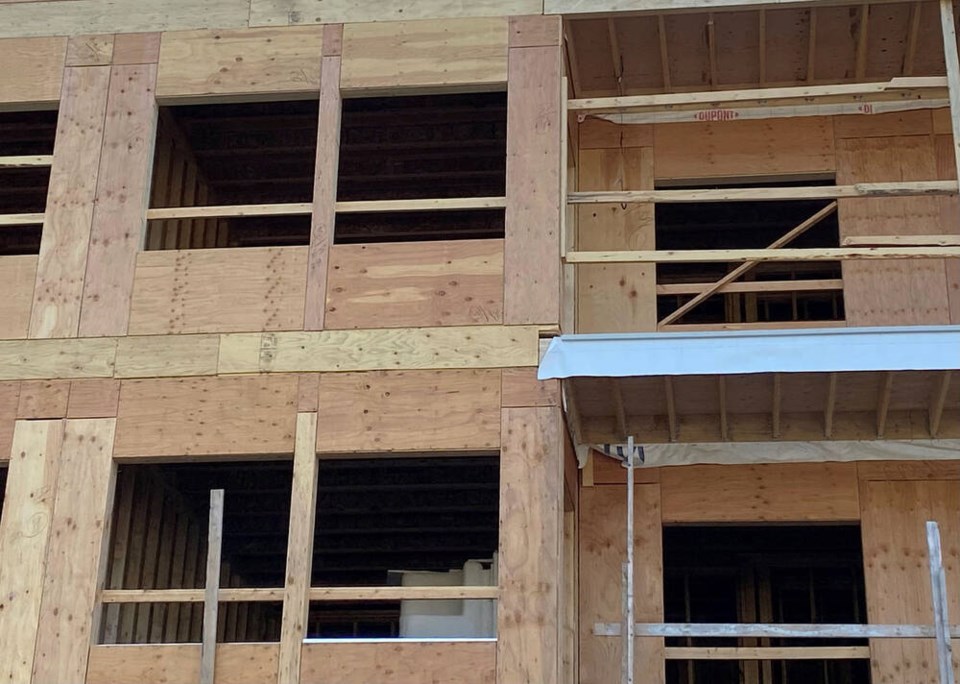On the City of Delta’s checklist to speed up the delivery of priority housing is inclusionary zoning.
Delta council recently approved a new tenant relocation policy, meant to help reduce impacts faced by existing tenants of rental buildings undergoing redevelopment. It’s one of several strategies in the city’s Housing Action Plan. The planning department has been bringing forward the various measures to council to adopt as formal policies since the plan was endorsed in late 2021.
Among the other strategies that are still to come to council is so-called inclusionary zoning, the practice of requiring developments that receive an increase in density above what is allowed in existing zoning, designate a portion of the new units as priority unit types, such as non-market rentals, identified as priorities in Delta’s Housing Needs Assessment.
According to the planning department, it is a tool used by other Metro Vancouver communities and has been an important source of new affordable, non-market housing in recent years.
A pilot project would allow the City of Delta to test how well such tools work in the community, the action plan document explains.
Inclusionary housing policies can specifically target affordability that other strategies, such as pre-zoning and gentle density, cannot.
“When developing the Inclusionary Zoning Pilot, there are a few important considerations to be unpacked, including locational criteria for a pilot, target affordability levels for units, and duration of the affordability (e.g., limited time frame vs. in perpetuity). A made-in-Delta approach to inclusionary zoning must be taken to adequately address the specific needs of our communities,” the report notes.
The report also states preliminary economic testing shows it may be around 100 new housing units to capture a minimum of about five below-market units.
Policies in other communities vary in the length of time they require units to remain below-market, from a minimum of 10 years to a maximum of the lifespan of the project.
The report also notes that locational considerations mean that any piloting efforts should be focused on or near town centres or existing development corridors.
According to Delta’s Housing Needs Assessment, data from BC Housing shows that wait lists for non鈥憁arket housing are getting longer, especially for families and seniors. BC Housing also provides support through rent supplements. The majority of rent supplements in Delta go to seniors.
Meanwhile, also among the other strategies in the Housing Action Plan is pre-zoning.
It’s an alternate method of changing land use, where a number of parcels, particularly near town centres and close to transit and amenities, would be collectively zoned to align with their land-use designation under the Official Community Plan (OCP).
The process can speed up the delivery of priority housing in those areas, such as new multi-unit and seniors’ rental units, the report explains.
Since the action plan was endorsed, though, the provincial government gave the go-ahead for municipalities to be able to wave the requirement for public hearings if a rezoning application meets OCP designations for an area.
Also on the to-do list for Delta’s planning department is a review of current OCPs.


